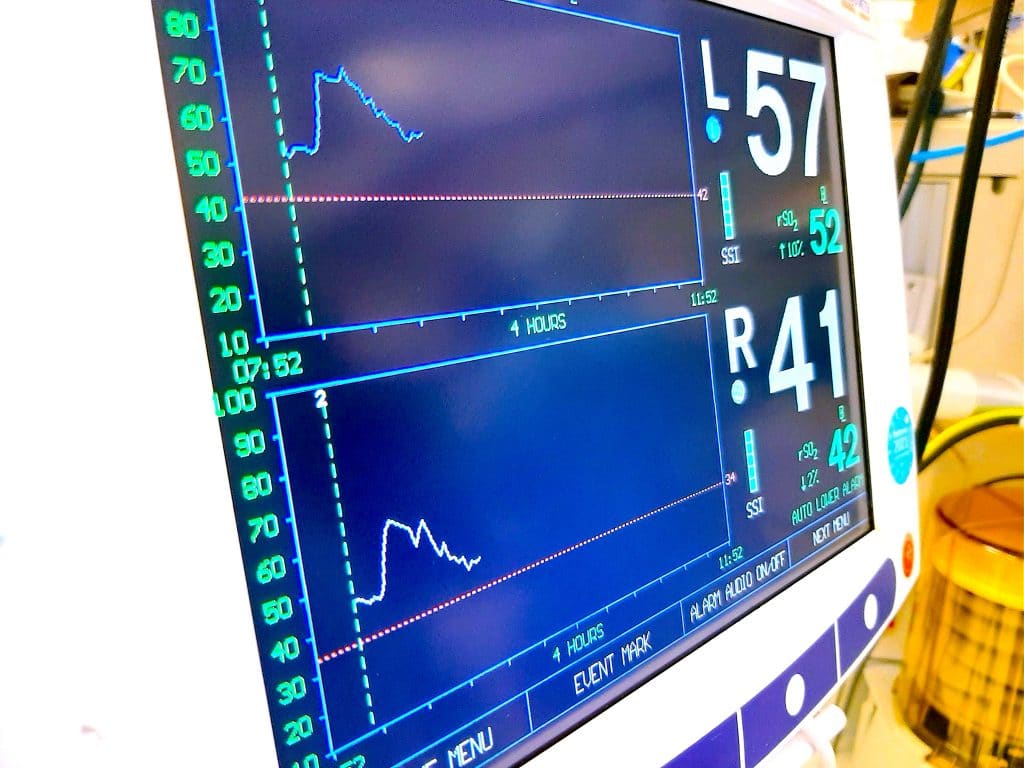Outcomes of Individualized Goal-Directed Therapy Based on Cerebral Oxygen Balance in High-Risk Patients Undergoing Cardiac Surgery: A Randomized Controlled Trial

Study objective
To investigate whether optimizing individualized goal-directed therapy (GDT) based on cerebral oxygen balance in high-risk surgical patients would reduce postoperative morbidity.
Patients
146 high-risk adult patients undergoing valve replacements or coronary artery bypass surgery with cardiopulmonary bypass (CPB) were enrolled.
Intervention
Patients were randomized to an individualized GDT group or usual care group. Individualized GDT was targeted to achieve the following goals: A less than 20% decline in the regional cerebral oxygen saturation (rScO2) level from baseline; a less than 20% decline in the mean arterial pressure (MAP) from baseline, as well as a bispectral index (BIS) of 45–60 before and after CPB and 40–45 during CPB.
Measurements
The primary outcome was a composite endpoint of 30-day mortality and major postoperative complications.
Main results
128 completed the trial and were included in the modified intention-to-treat analysis. Early morbidity was similar between the GDT (25 [39%] of 65 patients) and usual care groups (33 [53%] of 63 patients) (relative risk 0.73, 95% CI 0.50–1.08; P = 0.15). Secondary analysis showed that 75 (59%) of 128 patients achieved individual targets (irrespective of intervention) and sustained less morbidity (relative risk 3.41, 95% CI 2.19–5.31; P < 0.001).
Conclusions
In high-risk patients undergoing cardiac surgery, individualized GDT therapy did not yield better outcomes, however, the achievement of preoperative individual targets may be associated with less morbidity.
